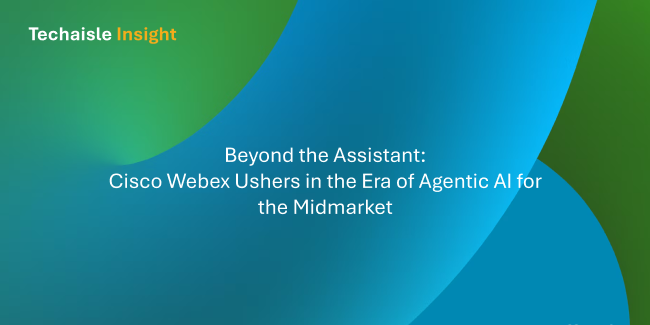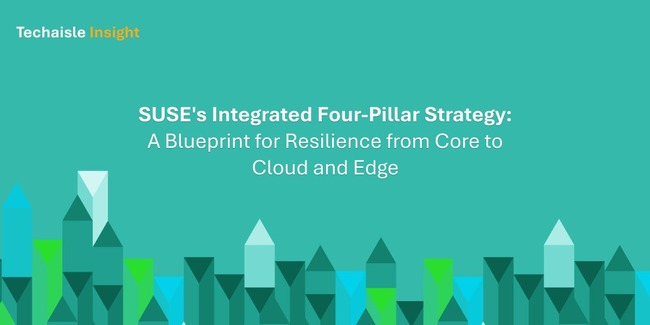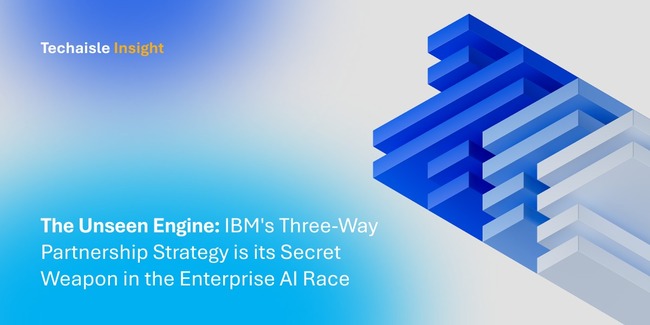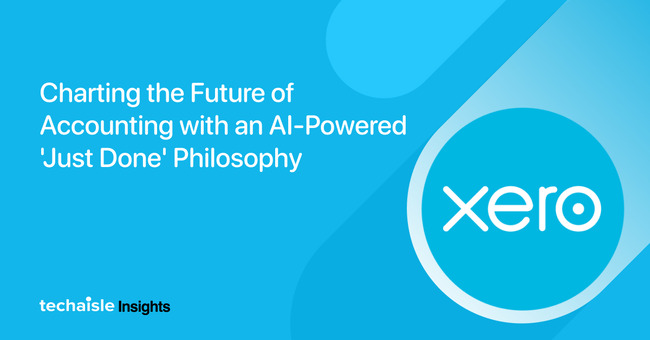The narrative surrounding Artificial Intelligence in the workplace is undergoing a seismic shift. For the past several years, the conversation has been dominated by assistive AI—tools that could listen, transcribe, and summarize, acting as diligent but passive scribes. At its WebexOne 2025 event, Cisco signaled the definitive end of that era and the dawn of a new one: the age of Agentic AI. This is not merely an evolution; it is a re-imagining of AI's role from a helpful assistant to a proactive, autonomous "agentic teammate". While the scale of this vision is enterprise-grade, Techaisle analysis indicates that its most profound impact may be felt within the midmarket, where the automation of complex workflows is not a luxury, but a critical engine for growth and competitive advantage.
From Passive Assistance to Proactive Action
Cisco’s core message was a move "from this kind of notion of chat bots that intelligently answered our questions to agents that are going to conduct tasks and jobs almost fully autonomously on our behalf". This transition is the central pillar of its “Connected Intelligence” vision and is embodied by the introduction of five new AI Agents for the Webex Suite. These agents are designed to move beyond reporting on what happened in a meeting to actively participating in the work that follows.

- The Notetaker Agent: This agent captures summaries and action items from in-person conversations using the Webex app or a Cisco device.
- The Polling Agent: It contextually listens to meeting conversations and proactively suggests live polls to gauge team sentiment or gather immediate feedback, eliminating the friction of creating them manually.
- The Task Agent: Going beyond listing action items, this agent can be delegated to complete them—for example, by automatically creating a Jira ticket based on a technical discussion.
- The Meeting Scheduler Agent: This agent intelligently identifies the need for a follow-up, finds a suitable time for all required participants, and even drafts an agenda based on the prior conversation’s context.
- The Receptionist Agent: Leveraging technology from its Contact Center portfolio, this voice-enabled agent can handle routine inbound calls, answer queries, and route customers, acting as an AI-powered automated attendant for Webex Calling.
The Midmarket Perspective: A Productivity Force Multiplier














